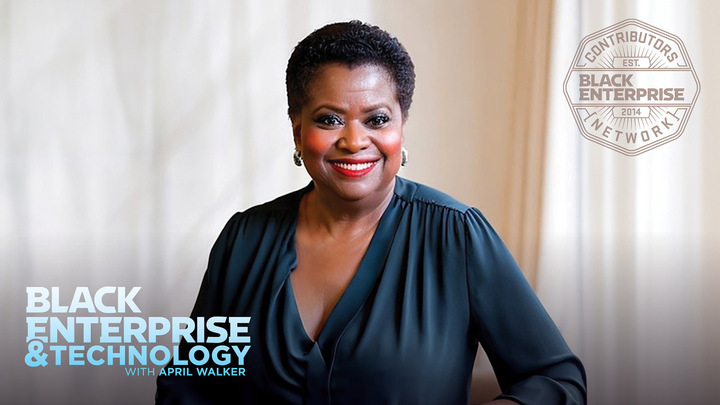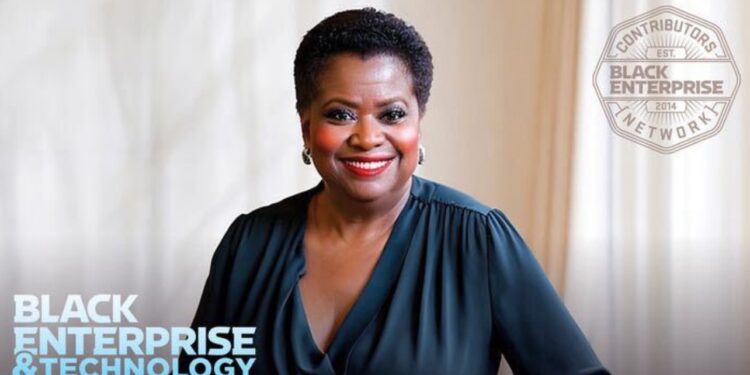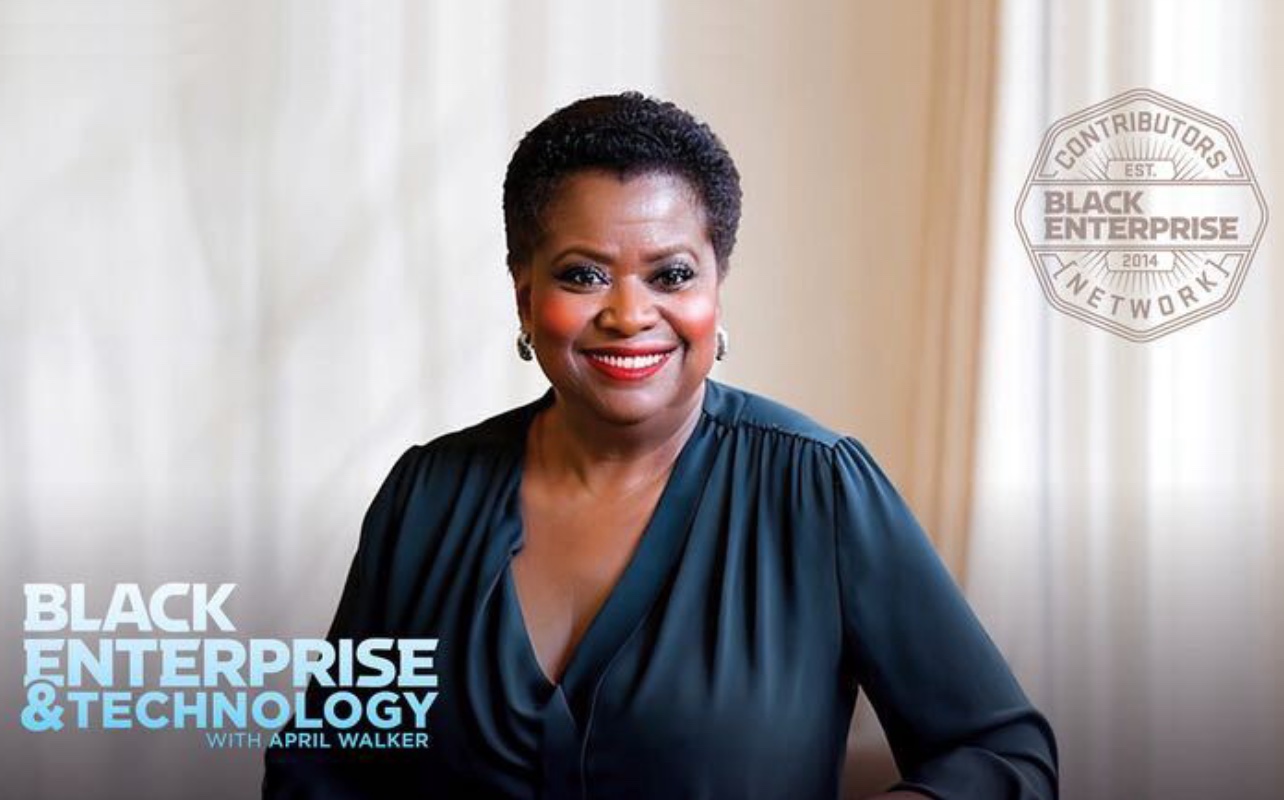Written by April Walker
Politics and Technology: An Undeniable Union
In the modern era, the intersection of politics and technology has become an undeniable union, shaping the way all societies function and how political processes unfold. The rapid advancement of technology has not only transformed communication and information dissemination but has also redefined political engagement, campaigning, and governance. Given the political climate we face today, coupled with this area of AI and the myriads of communication platforms at our disposal, let’s explore the profound impact of technology on politics, focusing on the digitalization of grassroots movements, the threats posed by hackers and deepfakes, the battle between social media and traditional media, and the future of politics post-election.
Grassroots Gone Digital
Grassroots movements have historically relied on face-to-face interactions, community meetings, and physical rallies to mobilize support and drive change. However, the advent of digital technology has revolutionized these movements, enabling them to reach a broader audience with unprecedented speed and efficiency. Social media platforms, email campaigns, and online petitions have become powerful tools for grassroots organizers. These digital tools allow for the rapid dissemination of information, real-time updates, and the ability to mobilize supporters across geographical boundaries. Case in point –- the 2024 presidential election experienced an unprecedented use of tools, such as Zoom — to bring communities together in support of the Vice President of the United States and presidential candidate Kamala Harris to garner millions of dollars in donations for her campaign. Demonstrating a powerful forum for fundraising, Zoom calls, which began with Black women getting the ball rolling to ‘white dudes’ supporting and everything in between, we witnessed how, in a very short span of time, these communities not only raised a tremendous amount of money but also helped to amplify her message and consistently refute the misinformation and falsehoods spread by her opponent.
This isn’t the first time a demonstration of the power of social media in organizing protests and rallying international support has occurred, for example, during the Arab Spring of 2010-2011. Platforms like Twitter (today known as X) and Facebook were instrumental in coordinating demonstrations and sharing real-time updates, ultimately contributing to significant political changes in the region. Similarly, contemporary movements such as Black Lives Matter have harnessed the power of digital technology to amplify their message, organize protests, and raise awareness on a global scale.
Hackers and Deepfakes
While technology has empowered political movements, it has also introduced new threats to the integrity of the political processes. Hackers and deepfakes represent two significant challenges in this regard. Cyberattacks on political parties, government institutions, and election infrastructure have become increasingly common, posing a threat to the security and fairness of elections. In 2016, the Russian hacking of the Democratic National Committee (DNC) highlighted the vulnerability of political organizations to cyber threats. Our current election process poses an even more immediate and imminent threat. Advancements in AI and the proliferation of its use alone have created an ever-increasing sophisticated and complex web of ‘bad actors,’ particularly from other countries, who are leveraging this technology with the intention of attempting to influence the outcome of the US Presidential election.
Deepfakes, manipulated videos, or audio recordings that appear authentic present another alarming challenge. These sophisticated forgeries can spread misinformation, discredit political opponents, and manipulate public opinion. Look no further than the recent use of AI-generated images of music superstar Taylor Swift, who falsely claimed she was supporting the Republican candidate for President, Donald Trump, when in fact, the reality is that Taylor publicly expressed her support of Kamala Harris. The potential for deepfakes to undermine trust in political leaders and institutions is a growing concern. As technology continues to advance, the ability to detect and counteract these threats becomes crucial to maintaining the integrity of democratic processes.
Social Media vs Traditional Media
The rise of social media has fundamentally altered the landscape of political communication. Traditional media, such as newspapers, television, and radio, once held a monopoly on information dissemination. However, social media platforms have democratized the flow of information, allowing individuals to share news, opinions, and updates instantaneously. This shift has both positive and negative implications for politics.
On the positive side, social media enables direct communication between politicians and the public, fostering transparency and consistent engagement. Politicians can use platforms such as Instagram, TikTok, LinkedIn, Facebook, and others to share their views, respond to constituents, and mobilize support and, in many instances, market-specific demographics critical to closing the gap in areas that need concerted focus and attention. However, the unregulated nature of social media also allows for the spread of misinformation, fake news, and echo chambers, where individuals are exposed only to information that reinforces their existing beliefs. If you are curious whether this is true, look at the differing messages you’ll read on the platforms that support the two political party affiliations –- it’s astounding how distinctly different the narratives can be.
With its staunch editorial standards and robust fact-checking processes, traditional media still plays a crucial role in providing reliable information. However, it faces challenges in competing with social media’s speed and global reach. The coexistence of these two forms of media creates a complex information ecosystem that requires critical thinking, intentional skepticism, and media literacy from the public.
What’s Next Post Election
As we draw closer to the upcoming Presidential election day and, for that matter, even beyond that day, the focus will shift to governance and the implementation of campaign promises. Technology continues to play a vital and pivotal role in this phase, with governments leveraging digital tools for efficient administration, transparency, and citizen engagement.
In my opinion, the post-election period and prevailing policy will need to address the challenges posed by misinformation and cyber threats. Governments and organizations need to invest comprehensively in cybersecurity measures, digital literacy programs, and regulatory frameworks to safeguard the integrity of political processes. As technology continues to evolve at an extraordinarily rapid pace, the future of politics will likely see continued integration of its impact, emphasizing balancing its benefits with the need to protect democratic values, institutions, and, most importantly, public trust! That said, we must not be fearful of technology; we need to embrace it, as innovations such as AI and GenAI create competitive opportunities for our country that are unimaginably powerful and can positively change the course of mankind. During the Democratic National Convention, Vice President Kamala Harris remarked during her acceptance speech of the ticket’s nomination: “Once elected, I will make sure that we lead the world into the future on space and artificial intelligence, that America, not China, wins the competition for the 21st century, and that we strengthen not abdicate our global leadership.”

April Walker is a digital transformation expert, technologist, board member, published author, industry thought leader, and C-suite advisor. With a career spanning more than 30 years in STEM, April has held leadership roles in both the public and private sectors. She has been an executive leading global organizations for Fortune 500 companies, including Salesforce, Microsoft, MetLife, and NBCUniversal, to name a few. She has been the catalyst for driving change, direction, and developing enterprise-wide and global strategies for AI, digital transformation, technology, and innovation for Fortune 500








